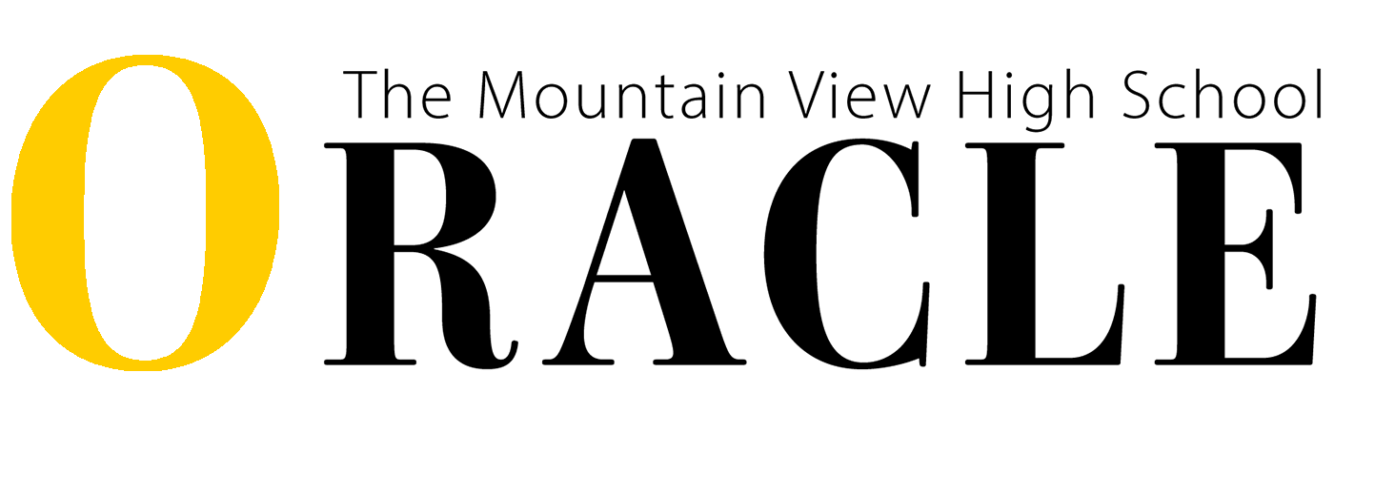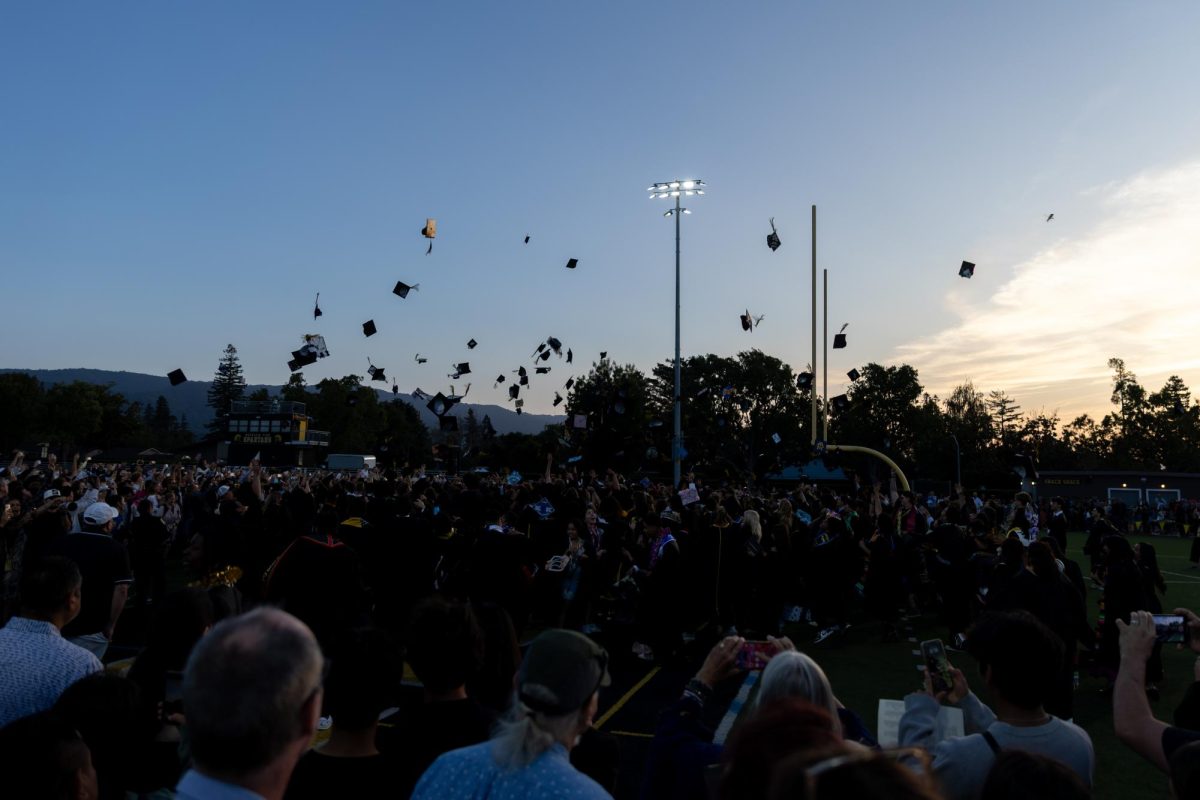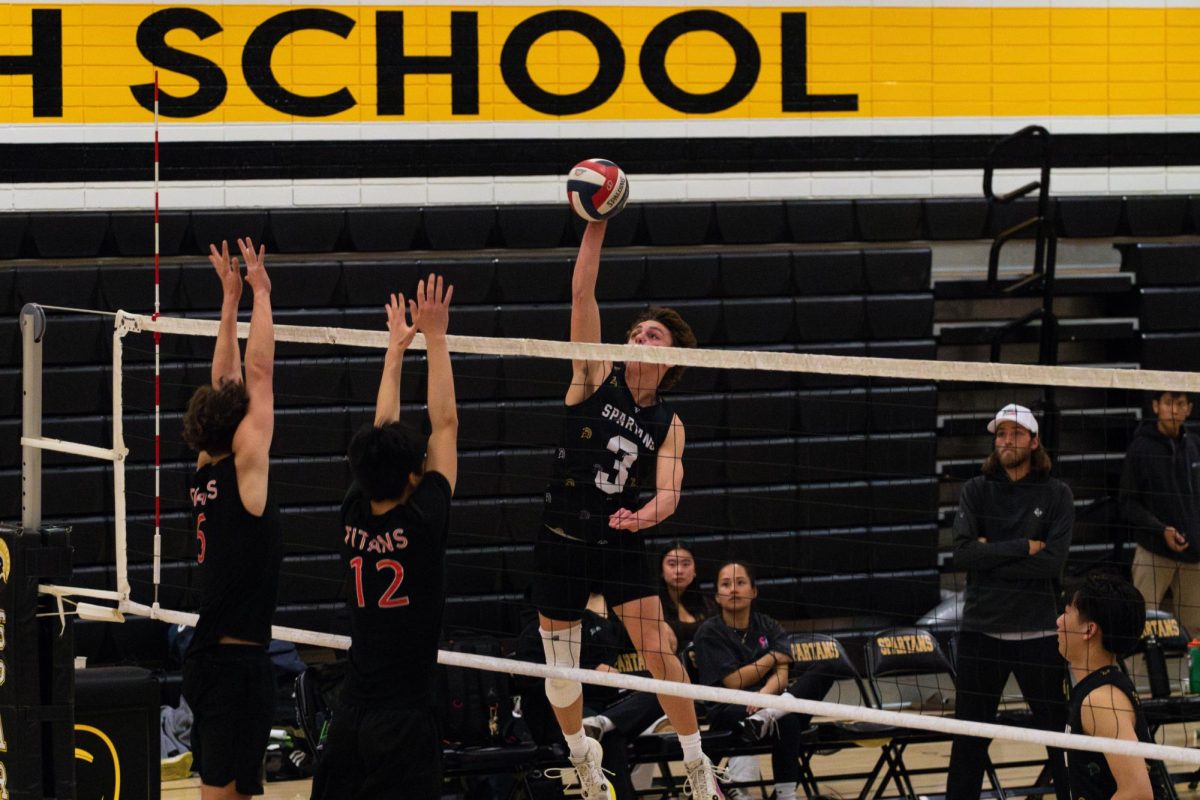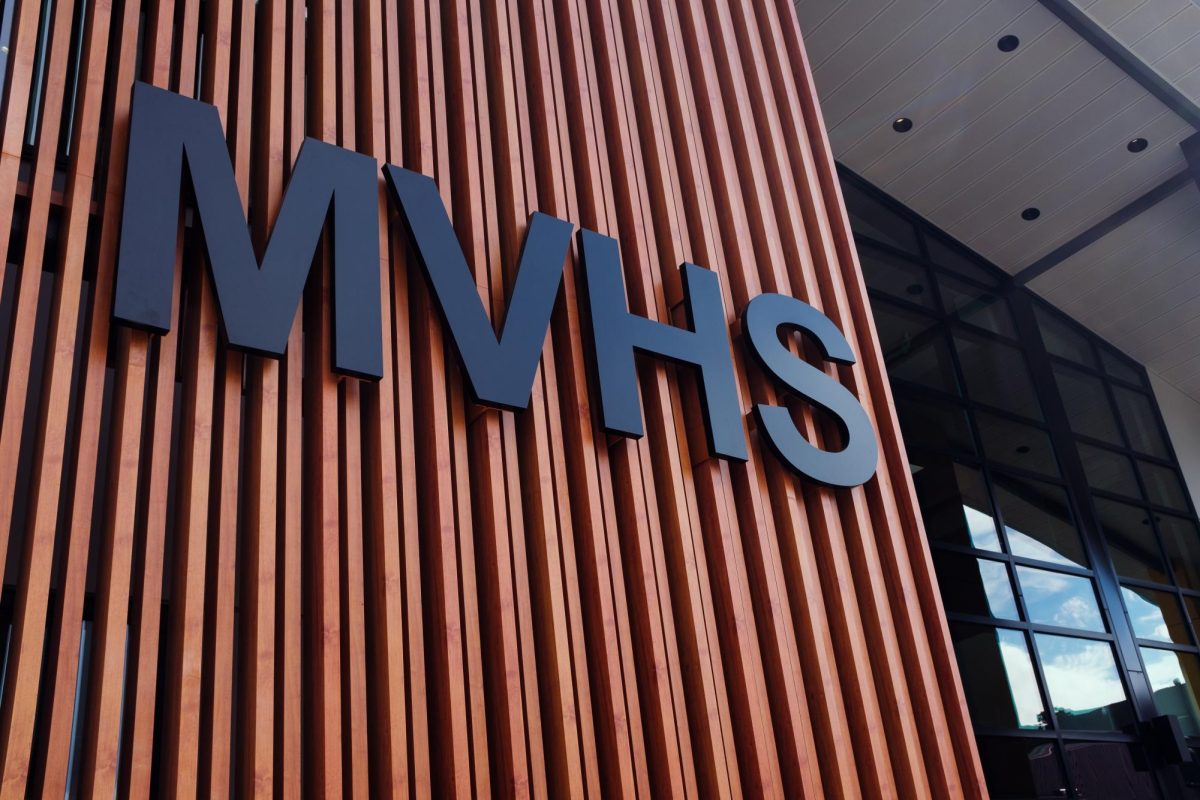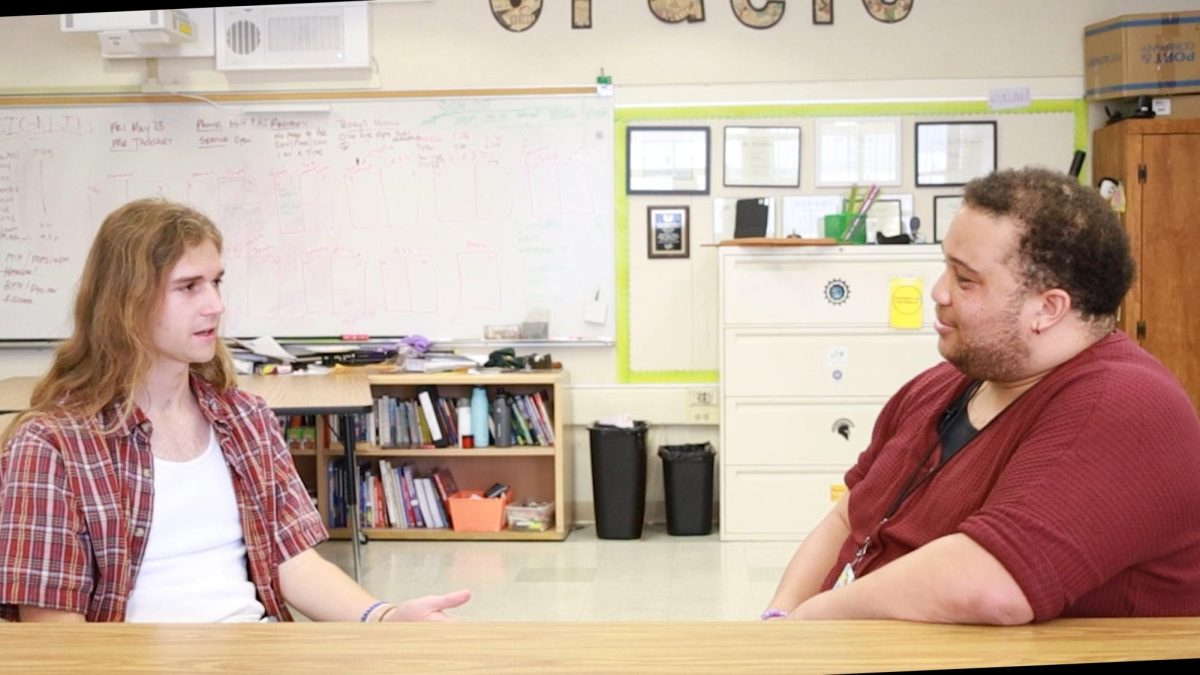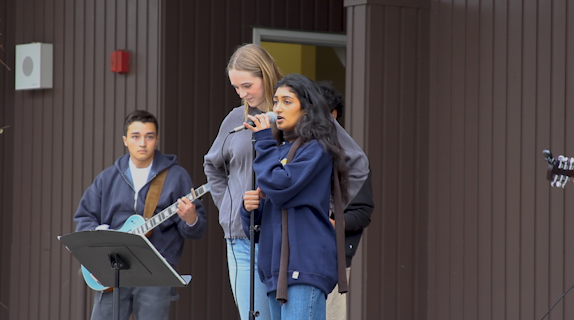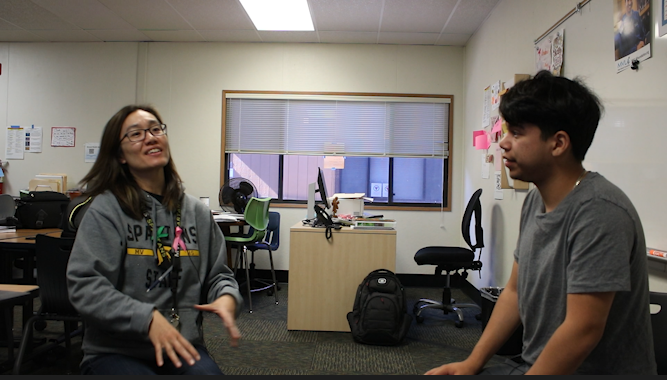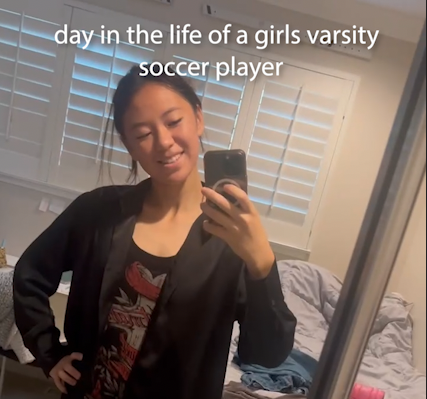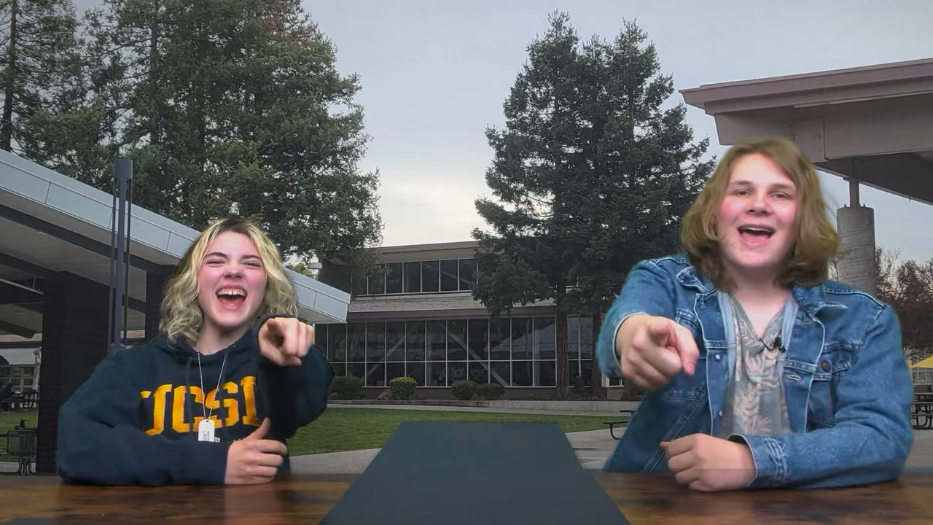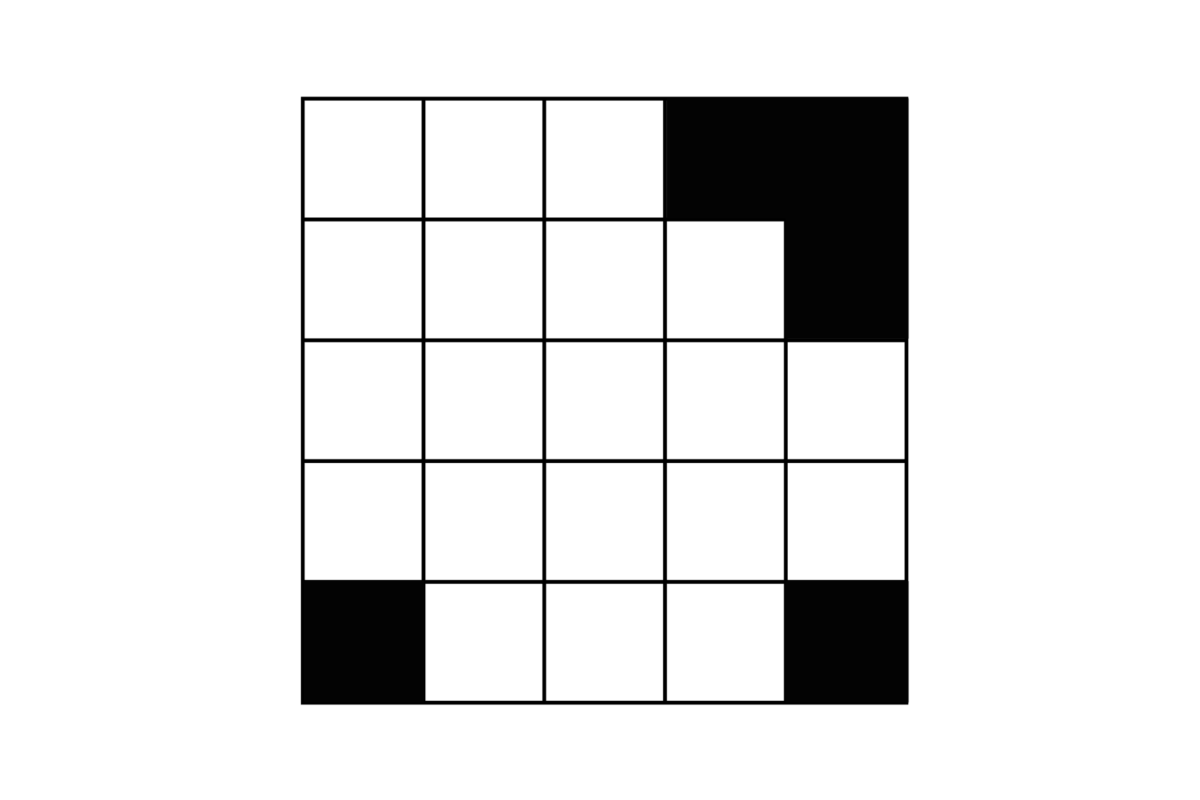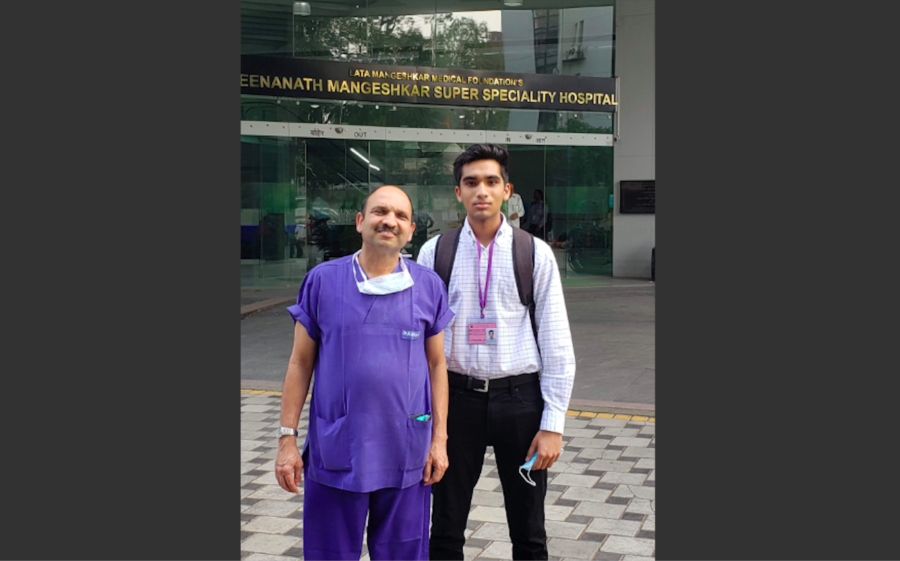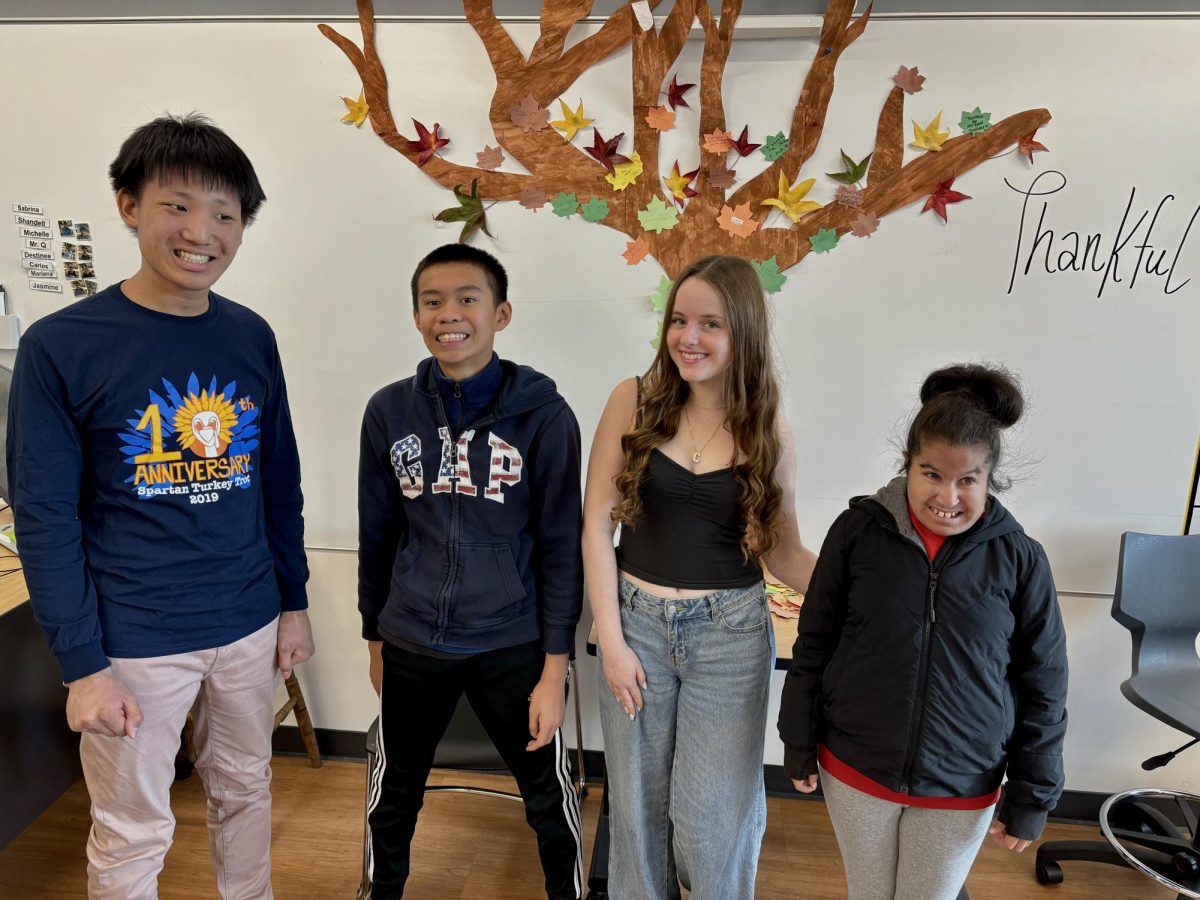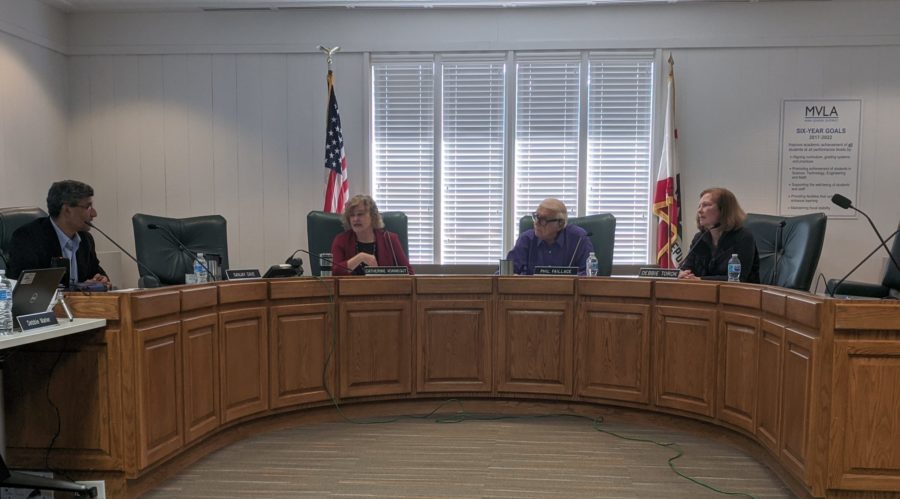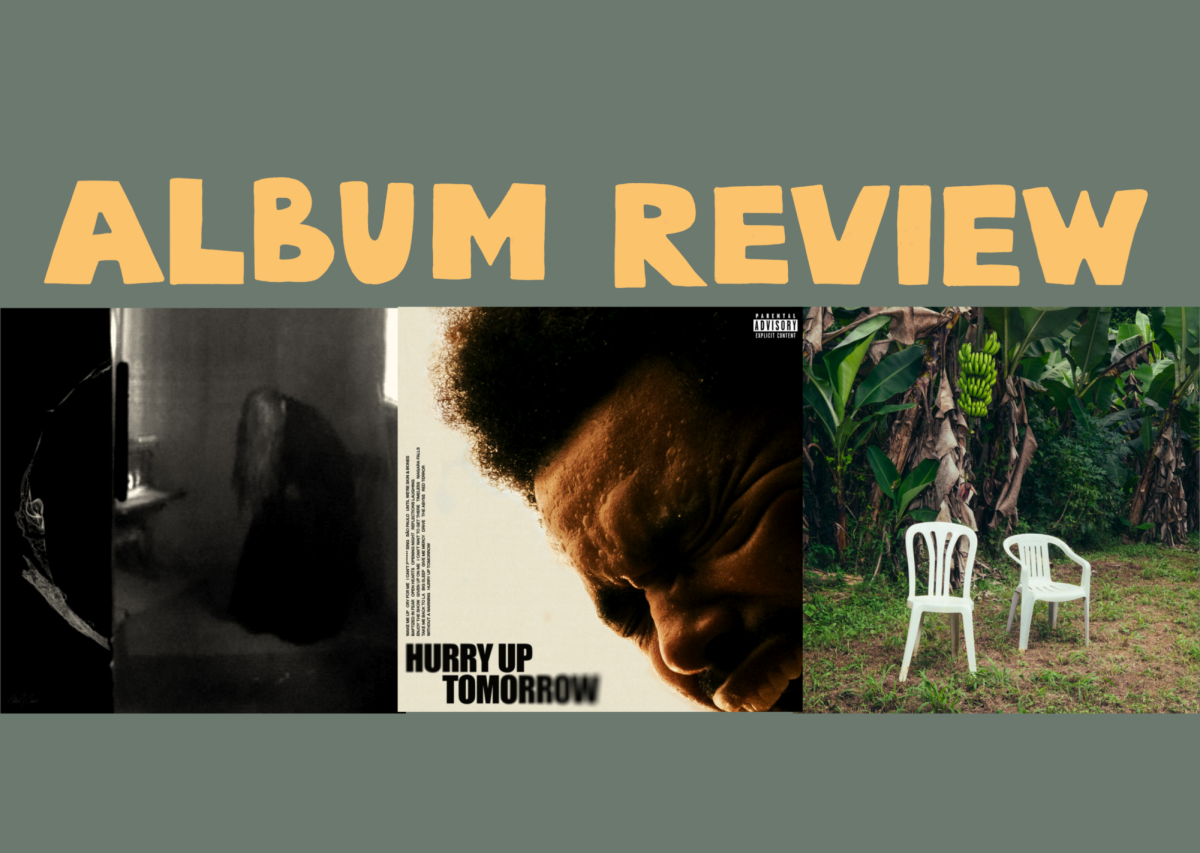A few feet in front of me lies a man who is teetering between life and death in the ICU of Deenanath Mangeshkar Hospital and Research Center of Pune, India. This is the facility where I spent my Winter Break shadowing and observing medical professionals. I had the opportunity to shadow doctors and specialists from many different departments of the hospital and it was an amazing experience. My visit was arranged by Dr. Utkrant Kurlekar, a surgeon and founding member of the hospital.
My first rotation was with a group of general practice physicians. The group consisted of an attending physician, Dr. Ramesh Kulkarni, and several resident doctors. Together as a group, they see almost 50 patients a day, spending anywhere from 2-15 minutes on each patient. Residents arrive early in the morning and do a preliminary round of all their patients, creating their assessment of each patient by using a cell phone application program. After this, the attending doctor will join the rounds, examining the same patients himself and explaining to the residents what he saw. Residents will then note down the observations their attending made and compare them to their own notes from earlier in the morning. As we made our rounds it became evident that diabetes was one of the most common medical conditions of patients in this hospital from which many other medical issues stemmed.

Joshi with Dr. Utrkant Kurlekar outside of the Super Specialty building. Photo courtesy of Arjun Joshi
Physicians carry other portable devices in their pockets such as heart rate sensors which they can place on patients’ fingers in order get a reading of the patient’s heartbeat. Unlike the US that administers heart rate monitors to all patients admitted to a hospital, here only those who have the potential to deteriorate are placed on a heart rate monitor.
Next, I spent time in the Medical ICU which deals with a wide range of problems from pulmonary issues to sepsis (blood infections). It was heartbreaking to see these critically ill patients. One of the physicians in charge of this ICU was Dr. Nilesh Mahale, an intensive care specialist who has practiced medicine in both India and Australia. Dr. Mahale explained to me that indigenous or spiritual forms of medicine are oftentimes requested by patients which is something I found very interesting about Indian healthcare. In India, many people carry family beliefs that have been used for generations which include alternative ways of medicinal healing ie. homeopathic medicine. Families will consult with the ICU doctor and explain why they believe their form of spiritual healing is helpful towards their loved one’s recovery (e.g. placing a spiritual coin in the patient’s food).
Indigenous healing is usually not advised by medical professionals at the hospital. The physicians will not perform any therapy that they do not feel comfortable with, no matter how much the family requests it. If families are insistent and willing to perform the therapy themselves, they must fill out a waiver stating that the physicians are not responsible for what happens to the patient if they choose to take this route.
After spending an informative day in the Medical ICU with Dr. Mahale and his team, I moved on to the surgical ICU. This division of intensive care holds patients that have just returned from a surgical procedure and that were slowly beginning their recovery. Throughout my time in this ICU, I accompanied Dr. Prasad Akole, an intensive care specialist who had trained extensively within India and had attended medical school in Pune. After time spent in both of these ICUs, it became clear to me that Dr. Mahale and Dr. Akole both encourage their patients to become less reliant on machinery to support them. At times, patients must push themselves in order to allow for quicker recovery time. Some examples of this include lessening the amount of ventilation patients are given and allowing them to breathe on their own. Additionally, daily mobilization is important as patients can leave their beds for limited physical activity.

My last day, I spent time in the insurance sector where I was able to learn about the payment methods of the patients. Although personal insurance is becoming popular, most patients either pay with insurance provided by their employer or direct cash. If the family is not able to afford the full payment, the government will subsidize the cost for them. Recently, the government has also introduced a program known as Ayushman Bharat Yojana, which literally translates to an “Indian blessed with a long life”. This initiative was taken in order to provide millions of families facing poverty with at least some type of health insurance. I soon learned that the level of payment that patients can afford determines their accommodations within the hospital (e.g. single room versus shared room).
As I came to the end of my experience, I became fascinated with how medical care is effectively provided to such a large number of patients by very intelligent and hard-working physicians. As I left the hospital, I asked about the man I had come across towards the beginning of my visit fighting for his life in the ICU. It warmed my heart to hear that his condition had improved and that he was in the process of recovering. This goes to show how patient care has progressed so dramatically in Pune, where previously complex forms of treatment would have not been available to aid patients. One day in the future, I hope to able to make a positive contribution to patient care as a physician myself.
Arjun Joshi is a junior at Mountain View High School and can be reached at [email protected]
